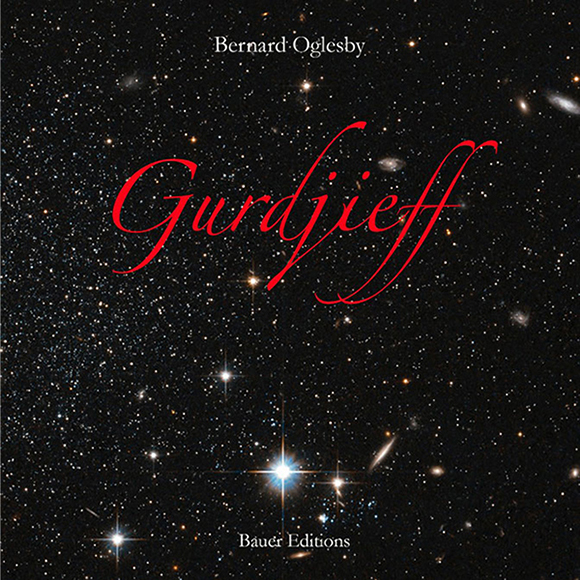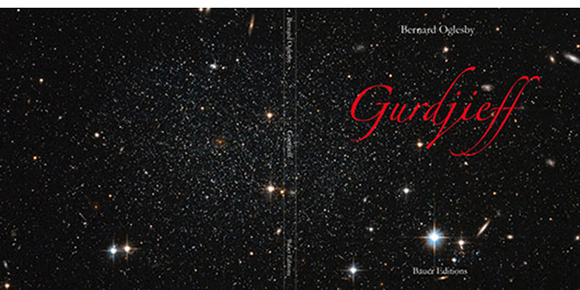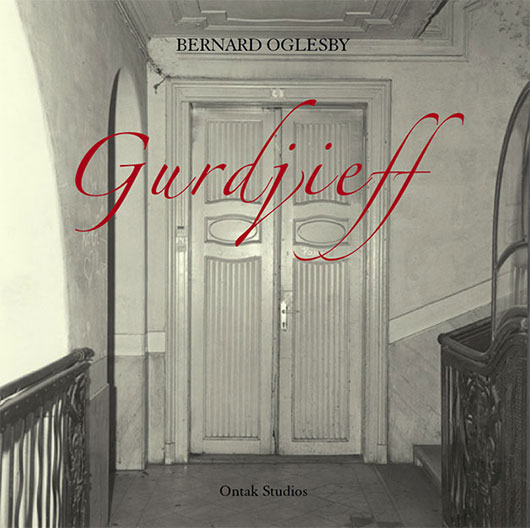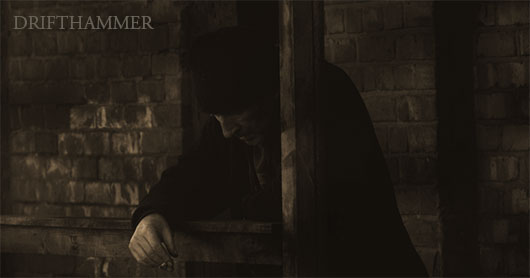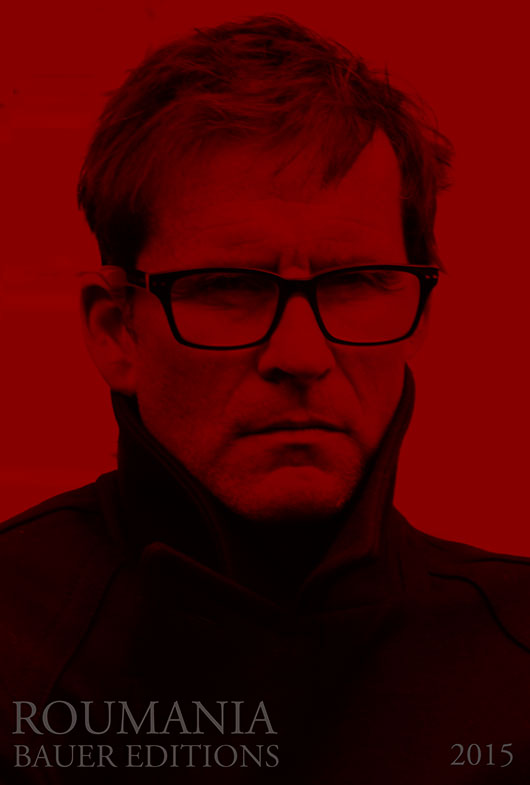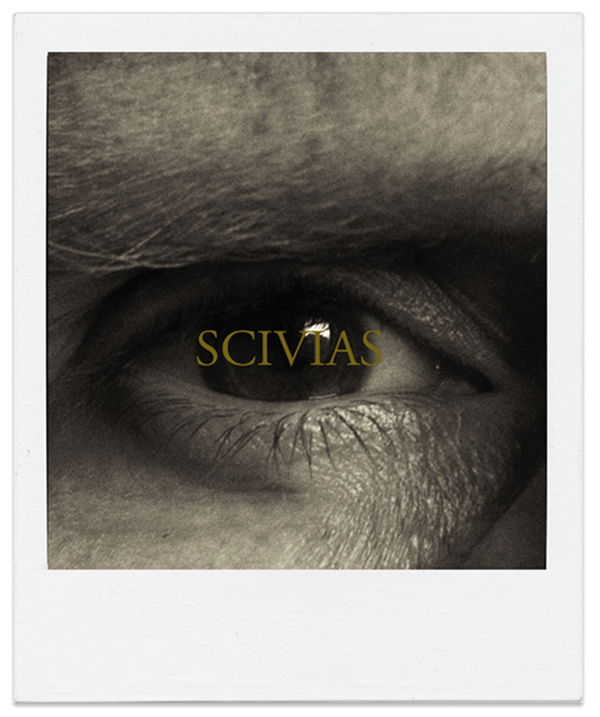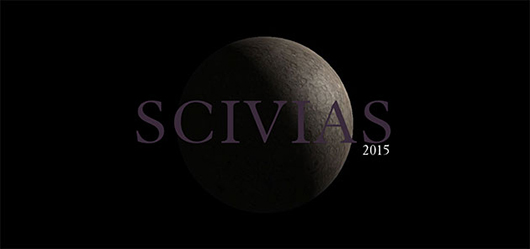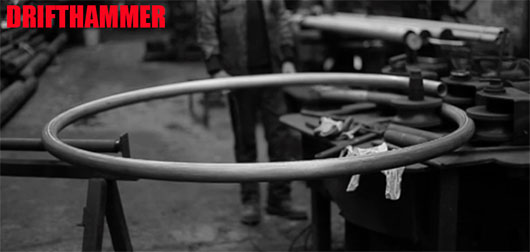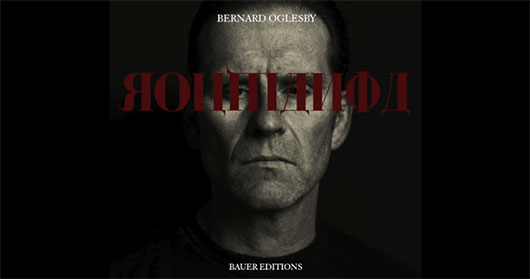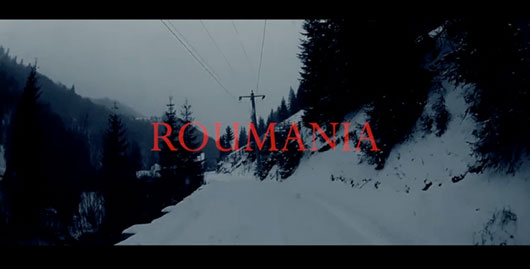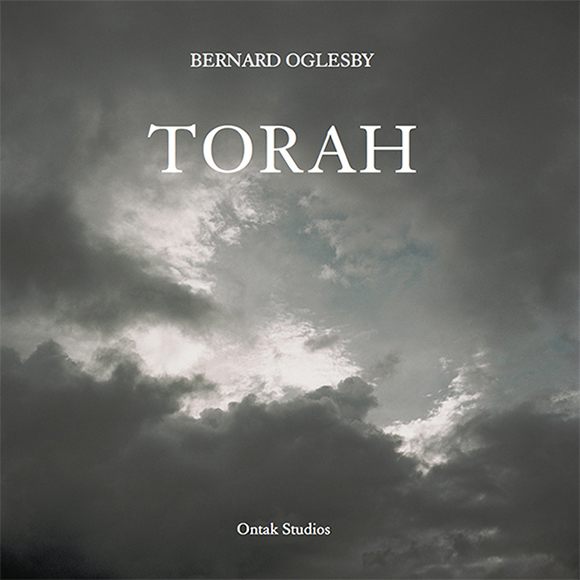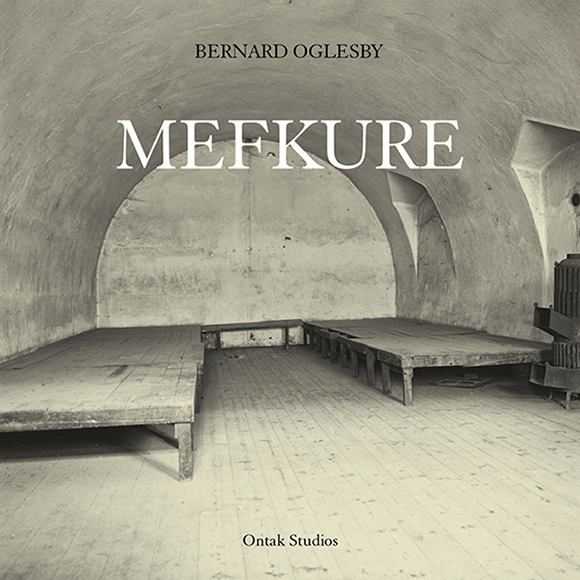Lindisfarne Album Design Cover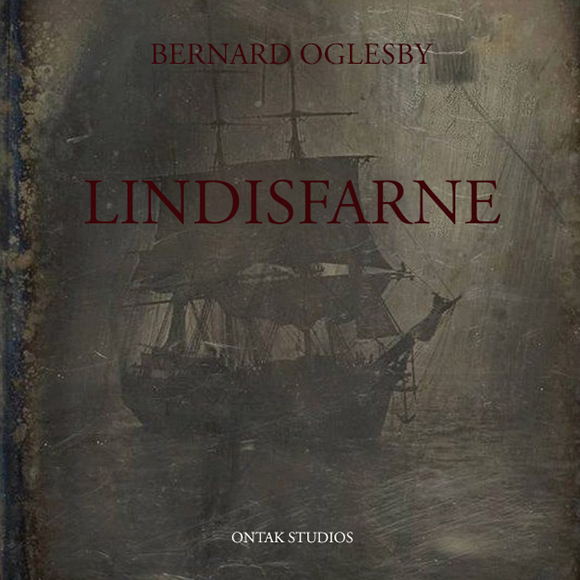 |
Gurdjieff CD and Album design proofs arrived today. |
Roumania Release |
Gurdjieff Release 2016-2017
|
ROUMANIA - CD Box Set 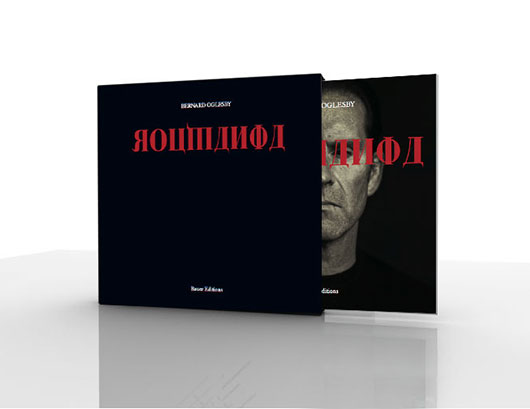 |
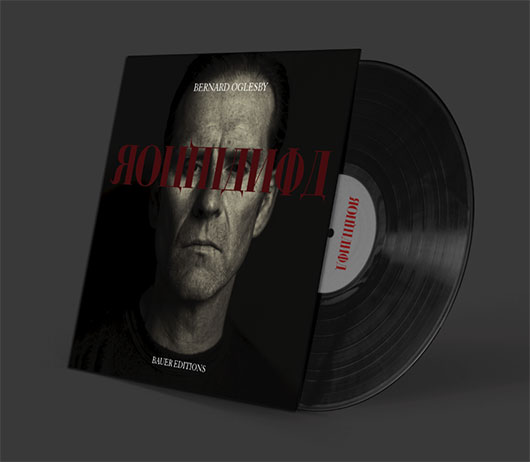 ROUMANIA Roumania will be released as a download from digital Stores world wide, including iTunes on the 6th July 2015. Hardcopy Cds & limited edition 12inch Album also available from music stores world wide. Roumania marks the 5th studio album to be released by the British artist Bernard Oglesby in 2015 on the Bauer label. The work, 5 years in the making, explores the haunting Ballad for violin and piano by Ciprian Porumbescu and features a series of short works that deconstruct the Romania ballad while remaining true to the Doina folk tradition of melancholy, longing (dor), erotic feelings and love. |
On the Art of Transcending Death: The Music of Bernard Oglesby The relationship between his imagistic and sonic practices is, I daresay, indivisible. “I am convinced that music is the most visual of all art forms,” Oglesby agrees, “and by its nature, nonhierarchical in its direct ability to connect with people on many personal and social levels. It was with Andrei Tarkovsky’s Andrei Rublev and the score by Vyacheslav Ovchinnikov that I began to experience and understand just how life-changing the relationship between visual art and music could be.” Yet where Tarkovsky sought to show through that classic film the artist as a hub of worldly creation, Oglesby in his own compositions is concerned with the spokes emanating from it. Like rays to a sun, each can be traced back to a generative source. Mapping his musical evolution is a likeminded task and finds the young Oglesby seeking priesthood at a Franciscan monastery, where a different path was revealed to him on the cusp of retreat: “I left to become a church window designer,” he recalls, “before attending art school, where I failed my degree. It’s clear now that music formed a very important subconscious role and experience for me, as I come from a musical background with many of my forefathers and current family involved as musicians, singers, and producers.” Despite the constant evidence of music at home, and skipping over the obvious recovery from his nominal “failure,” Oglesby showed no direct interest in music early on. Film soundtracks, however, had what he terms a “deep and permanent register” in his growth as a listener, the scores of James Bernard and Bernard Herrmann being held in his highest esteem. Since then, his ears have subsisted on a contemplative diet of Frédéric Chopin, Valentin Silvestrov, and G. I. Gurdjieff. It is to the latter we might draw the darkest thread of kinship, wherein breathes a notecraft as vivid as his painted photographs. I asked Oglesby how he came to the staves: Mefkure (2012) was actually the second in a trilogy built around the words of Ovidiu Nimigean (b. 1962), to whose poetry Oglesby was introduced while making a short film about Romanian immigrants digging for scrap metal just to get by: “Principally, it is his ability to invest descriptive fact with an deep emotional content about the strain of death and dislocation,” says Oglesby of the Romanian writer. The minimal nature of the music is like the pitch to every gaseous ball of sentiment and finds its genesis in the forested pathos of Departe (2012). Side projects such as Torah (2013), a collection of solo piano works paralleling Erik Satie’s The Gymnopédies, and Jannah (2013), a suite for string quartet and keyboard written around the concept of original sin, followed, each appearing like an inexplicable line in a fingernail and representing a major leap inward toward the realization of compositional identity. On the progress of that identity, Oglesby is still unresolved: “What I am clear about, however, is that those early unconscious moments, as a child, were seminal in priming me for my current creative output.” To be sure, the formative albums feel like a hermit’s sketches, their primary audience a congregation of shadows along cave walls. But with his 2015 release, Roumania, he has yielded a finished painting. For the composer, it “represents a moment of pure clarity, when all the elements of gestation, encompassing 15 years, come together and speak with elegance, economy, and stillness about slow time and its moral implication. The earlier, fledgling works had more of a narrative structure and graphic framework as I began to explore and test my theories about the relationship between image and sound.” The present recording furthermore completes the Nimigean trilogy. Roumania is as much a musical construction as conversation, in this instance of and with the beloved “Ballad” for violin and piano by Romanian composer Ciprian Porumbescu (1853-1883). The original work engages the doina, a traditional improvisational form with Arabic roots. The mood of the doina is contextually dependent, and takes on devotional textures in Oglesby’s reimagining. The album’s heart pumps in a fair share of its nourishment from pieces for solo piano and prepared twin pianos scattered throughout. The musicians in question, Anton Heart and Marracha Ward, approach the playing with as much solemnity as went into the writing. At once long-tailed and close enough to hear it breathe, the music drags chains of heavy memory as it washes its own skin and hangs it to dry in a wind of reflection. There is a mental substance to its labor, which finds grayest acumen in “The 4th Way,” the title of which makes reference to Gurdjieff’s anti-institutional path to spiritual awakening. Its pigments are notes incarnate, as are those of “In Deep Silence,” which like Arvo Pärt’s Spiegel im Spiegel speaks to the untethered mind. Roumania also makes use of field recordings. Originally taken as research for the aforementioned Mefkure but shelved for a film that never materialized, they were gathered by the composer and Janez Hovec in the lower Carpathians and Black Sea. Their addition triangulates the axes of sound and image with that of space. Lapping waves (“Night Roumania”) disguise the piano as rocky shoreline, while cries of birds (“The Black Gulls”) dislocate us from the light of dawn. Like a Theo Angelopoulos film or Eleni Karaindrou soundtrack thereof, these environments sing for time, out of time, and with a strength that cares little for numbers. In “He who loves and leaves,” vocalist Mija Aleksiss and cellist Ontak Ayer join Ward at the keyboard to mark the waters of trauma with multiple voices, each a buoy signal of vivid light. Two pieces—“Laegan” abd “From Abroad”—feature the otherworld of spoken word. In the first, Romanian poet Ana Blandiana, who is responsible for introducing Oglesby to Nimigean, reads concavely, as if her language were a cinematic fade. The piano blends into view, while holding on to the rhythms and patterns of that speech. It strikes up a chord, a dance past midnight, a melancholy that lingers whenever one can’t sleep for the dead. The second is Nimigean himself, whose lo-fi aesthetics breed hi-fi effects. He steps through a door, taking the listener outside of all clothing and shelter, until the only language left is that of breath without song. |
Drifthammer 2 (Film Stils)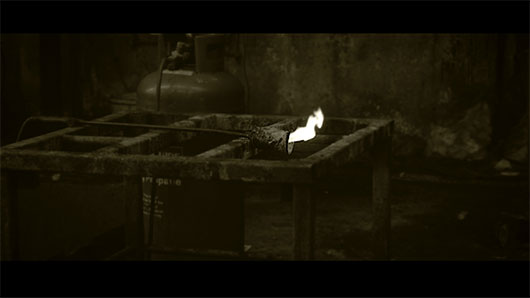  |
Drifthammer Part 2 (Poster Design)
Film production has just begun on the second of the quartet of Drifthammer films at the Mathers and Eyres Foundry. Fillming will be completed in the Spring of 2015 |
Bauer Editions press image for the forthcoming Roumania release i n 2015
|
Initial design concept for the Scivias album cover |
Poster Design for the forthcoming Scivias release Scivias represents the 6th studio album to be released by the British artist Bernard Oglesby in 2015 on the Bauer Editions label. It is Perhaps Oglesby’s most challenging and ambitious work to date as it places Hildegard von Bingen’s illustrated works at it centre. These works contains the 26 visions of Hildegard of Bingen, who was the first of the great German mystics, as well as a poet, a prophet, a physician and a political moralist. |
Ana Blandiana - Leagăn Received news today that the poet Ana Blandiana has consented to me using her haunting and moving recording of Leagan to form part of the opening stanza for the Roumania piano scores. |
The 3rd Prayer.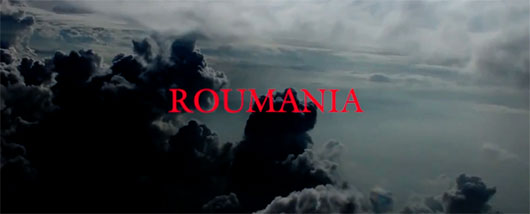 The final recording in the Roumania series has just been mastered for the release in 2015. "The Forth and final prayer in the opening stanza of the Roumania series places Oglesby’s devotional position squarely in the realm of Gurdjieff and the Forth Way, which questions people's place and role in the Universe." Catalina Cezar An extract of the pre-release and short film can be seen here: |
Inprov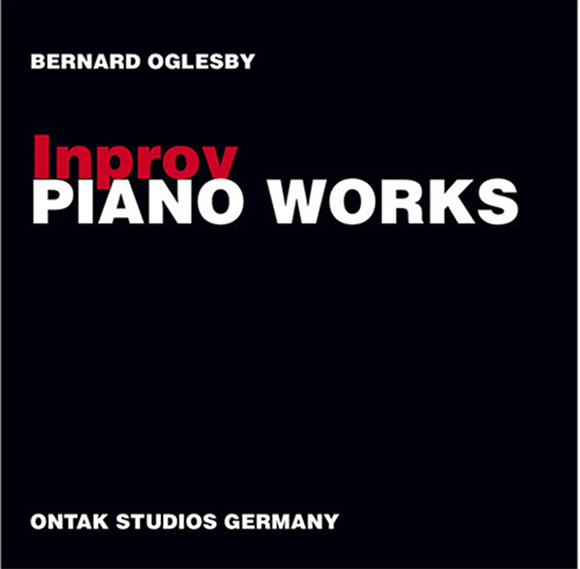 Inprov features a series of piano Improvisations to be released in 2015 on the Ontak Studio label. An extract of the pre-release can be heard here |
|
Drifthammer is to be released on a limited edition DVD with a new prepared score by the artist and composer Bernard Oglesby in 2015 by Ontak Studios, Germany. |
Roumania Skylark The Skylark recording has just been mastered for the forth-coming Roumania Release. Lark, oh, skylark, Recorded in Germany & Romania in 2013/14 An extract of the pre-release can be heard here: |
Roumania is to be released in 2015 on the Bauer Editions label. Roumania marks the 6th studio album to be released by the British artist Bernard Oglesby in 2015 on the Bauer label. The work, 5 years in the making, explores the haunting Ballad for violin and piano by Ciprian Porumbescu and features a series of short works that deconstruct the Romania ballad while remaining true to the Doina folk tradition of melancholy, longing (dor), erotic feelings and love. |
The Scivias Orchestral works is to be released in 2015 on the Bauer Editions label.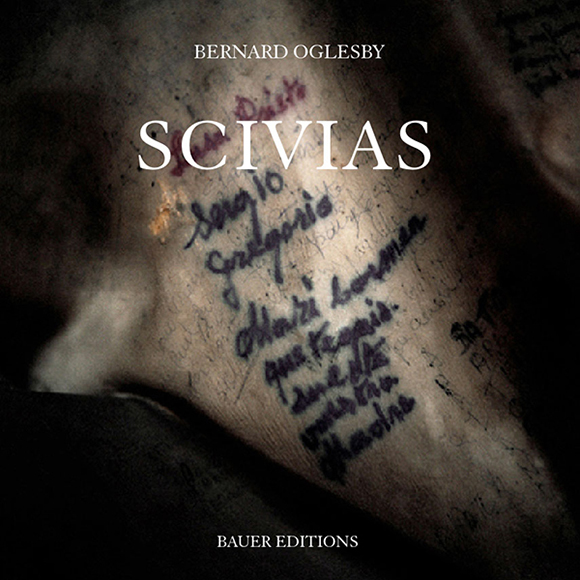 The work was originally scored in 2010 and recorded in 2011 in Germany. The work in 3 parts reflects the trinity and places Hildegard of Bingen illustrated works at its centre. An extract of the pre-release can be heard here: |
The Jannah Project 2013 - Jannah Press Release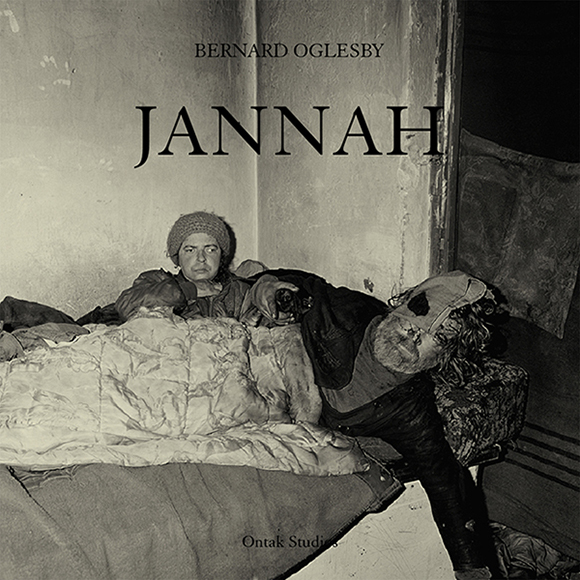 Jannah marks the 4th studio album composed by the British artist Bernard Oglesby to be released on the Ontak Label. The work in 6 movements explores the concept of original sin and the concupiscence orientation of humankind to desire human physical intimacy. The works represents a profound sea change in Oglesby's production methods as the piece was composed entirely using an iPhone and recorded using a bank of iPads on location in Germany and Romania. The album features the Ontak String Quartet: Mihai Neculai, Ayar Ontak, Adriana Abel, Catalina Cezar, Piano: Anton Heart and Organ: Marracha Ward. Recorded at the Ayer Ontak Studios. Available :https://itunes.apple.com/us/artist/bernard-oglesby/id55062068 |
Torah 2013
Recorded at the Ayer Ontak Studios. Available :https://itunes.apple.com/us/artist/bernard-oglesby/id55062068 |
Mefkure 2012 Recorded in Germany. Available :https://itunes.apple.com/us/artist/bernard-oglesby/id550620689 |
Departe 2012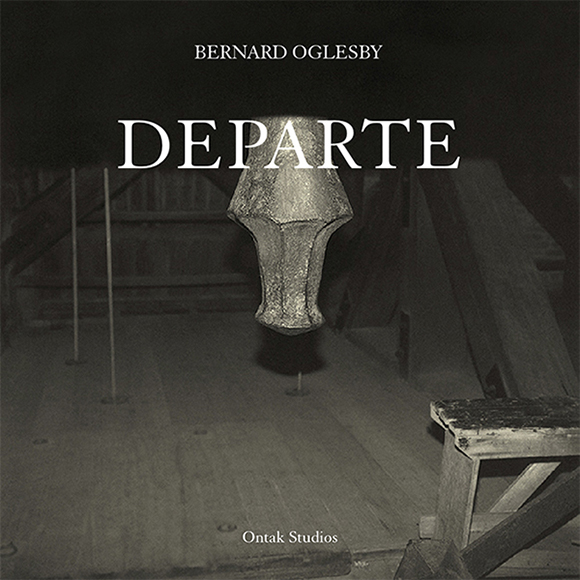 Soon to be available as a download from digital Stores world wide, including Itunes. Hard copy Cds available from music stores worldwide and info@bernardoglesby.com. Departe forms part of an extensive body of orchestral and film works based in part on the extraordinary poems of O. Nimigean. Recorded in Germany. Available :https://itunes.apple.com/us/artist/bernard-oglesby/id550620689 |
News/Log Inspiration log
